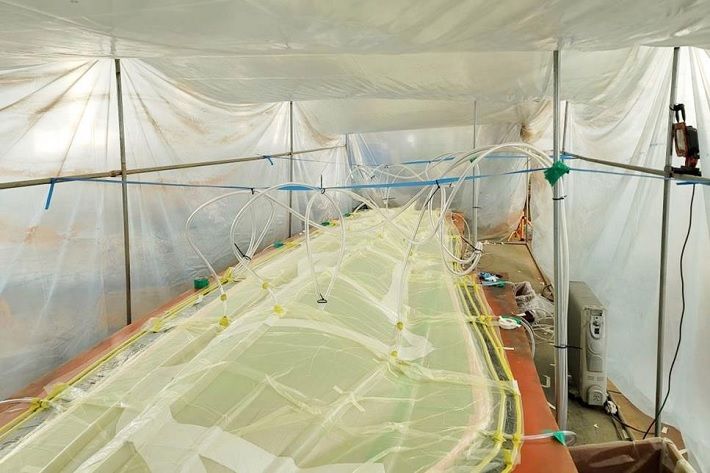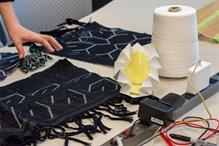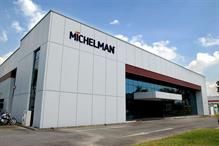
Together, the aim was to evaluate the viability of replacing E-glass fibre with natural plant-based flax fibre reinforcement to reduce the environmental impact of end-of-life blades. In addition to sizing, Collier Aerospace used HyperX software to define materials and ply layups and determine dimensions to help ensure the blade met all of the team’s performance requirements. The new software was used throughout the blade’s structural design stages, including laminate stacking sequences, ply boundaries and layup stacking order, Collier said in a press release.
As a result of the wind turbine blades being difficult to recycle commercially, various groups are studying methods to dispose of end-of-life blades in a more environmentally benign manner than landfilling, or to recapture material for reuse in subsequent applications. Another approach, and the one taken in the Korean study, is to reduce the environmental impact at the start of the design process by opting to use natural fibre reinforcements rather than carbon or glass fibres. First, natural fibres are far less energy intensive to grow, harvest, and clean than the production of carbon or glass fibres. Second, since they are derived from living plants, natural fibres sequester carbon dioxide and nitrogen during their growing cycle and then keep those gases locked up in plant tissue during their use as a composite reinforcement.
The final blade design uses a hybrid of natural fibre and E-glass reinforcement. It is slightly heavier (7.4 per cent) than the original glass fibre-reinforced blade, but that additional weight was deemed technically tolerable to gain the environmental benefits of using natural fibres. Currently, the wind blades are being produced using vacuum-assisted resin infusion moulding.
“The impressive functionality of Collier Aerospace’s HyperX software made an incredible difference in the design and development of the natural fibre composite wind turbine blade. Since the software optimises all requirements at once rather than one at a time, it enabled our team to arrive at a workable solution quickly despite the lower mechanical properties of the natural materials. The expert assistance provided by Collier Aerospace helped our team identify a workable blade design that is largely reinforced with natural fibres,” professor Yeonseung (Y.S.) Lee of Hongik University, said in a statement.
“Design requirements for this wind blade project included cost-effectiveness and reliability at a minimum weight to help maximise annual energy production. Our biggest challenge was meeting performance requirements with natural fibre composites, which do not provide as much stiffness and strength in epoxy resin as E-glass fibres. Using HyperX software, we provided design assistance in optimising the flax fibre-reinforced composite blade to meet deflection limits to ensure tower clearance, determine spar cap location and the required thickness at each span-wise station, and reduce mass to lower fatigue loads and extend useful life,” James Ainsworth, director of engineering for Collier Aerospace, said.
Fibre2Fashion News Desk (GK)

